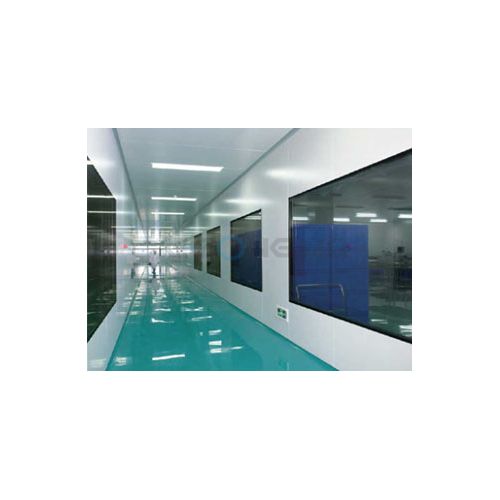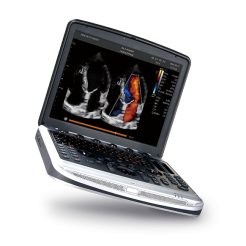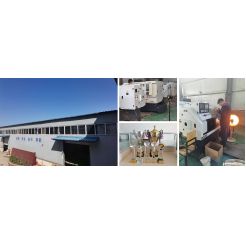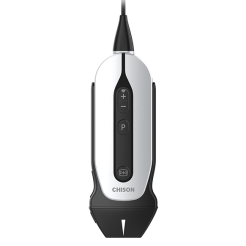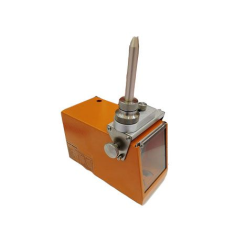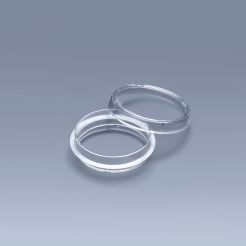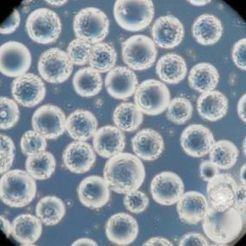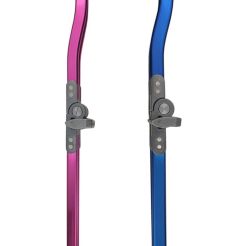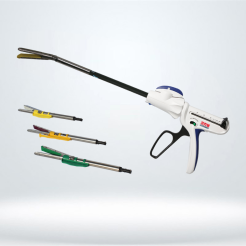types of clean room
Product Description
https://www.yizhongalu.com/resources/types-of-cleanrooms.html
A cleanroom is a specially designed and configured room that has been constructed to eliminate dust particulates and atmospheric contaminants. They are commonly used for scientific research, pharmaceutical production, and other industries that produce products that can be damaged by unsanitary or polluted conditions.
The classification of a cleanroom is determined by the amount of particulate matter (PM), a descriptor for particles and liquids in the air, it has per cubic meter. The air we breathe has about 35 million particles in a cubic meter with an estimated size of 0.5 μm, micrometers or one millionth of a meter.
Cleanrooms are classified by the International Organization of Standards (ISO) that uses a grading system of ISO 1, for extremely clean, to ISO 9, satisfactorily clean. The determination of the classification is decided by the size and numbers of particles in the room's air.
The United States classification system for cleanrooms was Federal Standard 209E published by the Institute of Environmental Sciences and Technology (IEST) in 1963. The IEST used a classification system that ran from Class 1, an ISO 3 class, to Class 100,000, an ISO 8 classification. Though several countries still use the IEST system, it was formally retired in 2001 as being obsolete.
For many years, scientists, engineers, and designers had attempted to create an uncontaminated atmosphere but failed due to problems with uncontrollable particles and airflow. In 1960, Physicist Willis Whitfield developed a filtration system that led to the development of the modern cleanroom.
Requirements for a Cleanroom
Cleanrooms are used by specialized industries, such as pharmaceutical, biotech, semiconductors, laboratories, microchip producers, and photovoltaic. Any manufacturing process requiring strictly controlled production and product handling will have some form of cleanroom. The nature and delicacy of a product determines the level of cleanroom required.
The requirements for a cleanroom begin with staff protection, who wear protective clothing and accessories to prevent contamination. Those specialized items are made from a synthetic material that is wear and tear resistant and are used only once. Anything that enters the cleanroom has to be specially classified and approved down to the smallest detail.
Cleanrooms do not have any furniture, and all surfaces are free of bolts, nuts, visible joints, or any place that may collect dust particles. Equipment and surfaces are smooth and highly polished usually made of plastic or high grade stainless steel. The design and construction of cleanrooms is minimalistic and uncomplicated.
Lighting for a cleanroom has to provide enough light for a smooth operation and follow strict hygienic requirements. It is very important that lighting not require frequent cleaning and be longevous since interior cleaning of a cleanroom means that it has to be recertified.
The most important feature of cleanrooms is their air circulation system. Air flow comes from the ventilation system that strictly controls air movement. Some designs have air enter from the ceiling and exit through the floor. In certain instances, negative pressure is applied to prevent the escape of contaminants from dangerous materials. The items being handled determine the type and kind of airflow system.
Cleanrooms are very expensive to maintain and construct with an average cost between $100 to $150 per square foot. A ten foot by ten foot cleanroom, about the size of a small bedroom, has a cost of $10,000 to $15,000, which can be lower or higher depending on the air control system and instrumentation.
A more flexible type of cleanroom is the modular version that is adaptable, easy to construct, and can be effortlessly changed and modified. They have all of the benefits of more expensive types and produce the same contaminate free environments but at a lower cost.
